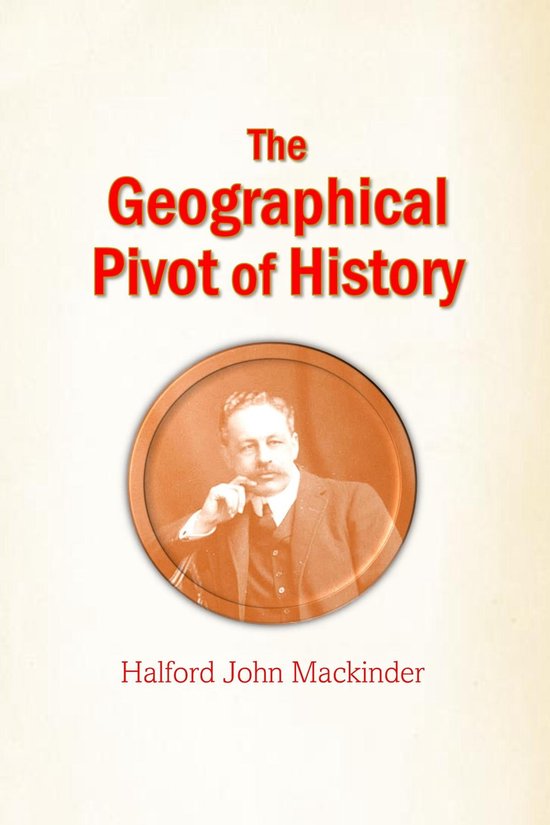
The Geographical Pivot of History
"A stimulating paper." -The Nation
"The most important general paper that has been communicated to us." -Geographical Journal
"A notable paper ... makes a bold generalisation as to the geographical control of world politics." -Indian Ed.
Halford John Mackinder's 1904 paper "The Geographical Pivot of History" is an attempt to exhibit human history as part of the life of the world organism by showing how the successive invasions of the Asiatic nomads from the steppe-land (the pivot) moulded the settled peoples of Europe. In some measure the strategic advantages of these nomads has been neutralized by the development of mobility upon the ocean. But the steppe-land is about to be covered with a network of railways giving a mobility of military and economic power greater than that of the sea, so that it will continue to be the pivot region of the world's politics.
The strength of Asiatic hordes lay in their mobility, and ceased when they entered the forests and mountains.
The grim determination of European peoples to check these successive hordes and not be crushed into a widespread despotism was the principal reason of European advance and unity during all these ages. Thus the spirit which stimulated the peoples of Europe and made them progress was the healthy and powerful reaction against pressure from the steppe lands of Asia.
The discovery of the New World changed the relations of Europe and Asia. Europe no longer watched in dread for what might come from Asia. She turned her back on Asia and founded new Europes beyond the oceans.
"The Geographical Pivot of History" thus formulated the Heartland Theory. This is often considered as a, if not the, founding moment of geopolitics as a field of study, although Mackinder did not use the term. Whilst the Heartland Theory initially received little attention outside geography, this theory would later exercise some influence on the foreign policies of world powers.
he Earth's land surface was divisible into:
The World-Island, comprising the interlinked continents of Europe, Asia, and Africa. This was the largest, most populous, and richest of all possible land combinations.
The offshore islands, including the British Isles and the islands of Japan.
The outlying islands, including the continents of North America, South America, and Australia.
The Heartland lay at the centre of the world island, stretching from the Volga to the Yangtze and from the Himalayas to the Arctic. Mackinder's Heartland was the area then ruled by the Russian Empire and after that by the Soviet Union. Later, in 1919, Mackinder summarised his theory as:
"Who rules East Europe commands the Heartland;
who rules the Heartland commands the World-Island;
who rules the World-Island commands the world."
Show Less
| Auteur | | Halford John Mackinder |
| Taal | | Engels |
| Type | | E-book |
| Categorie | | Mens & Maatschappij |





